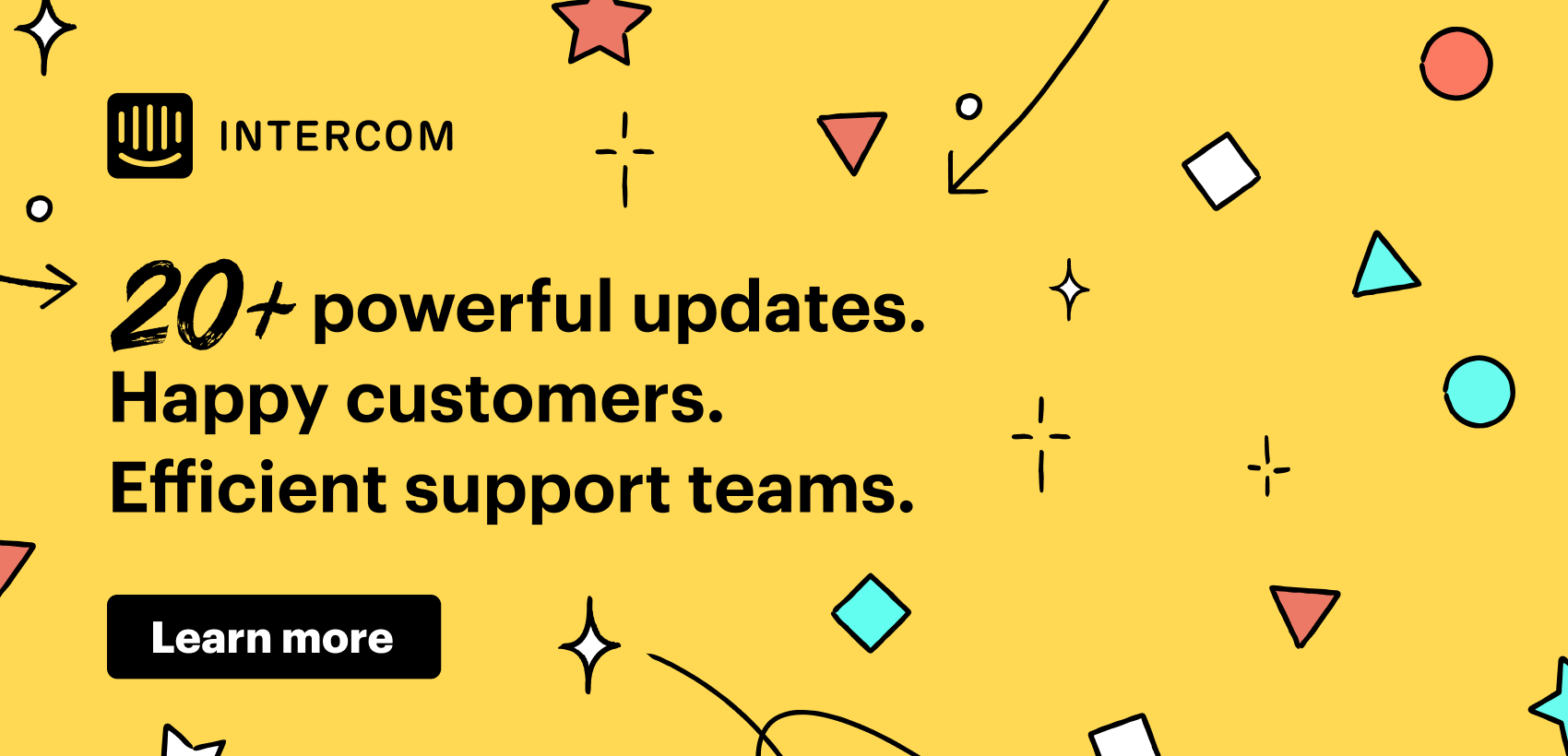
The first rule of prioritization: No snacking
Main illustration: Jessica Roux
The best lessons in business come in plain English and speak uncomfortable truths. One such example is something we learned from Hunter Walk.
During a conversation with Ben, our Director of Growth, Hunter pointed out how fundamental it is to avoid low-impact work. To explain, he drew a 2×2 graph that has since become famous in our company.

The high-effort, high-impact work reflects the strategy you’re deliberately deploying. Everyone’s favorite quadrant is the low-effort, high-impact stuff. But when you continually pick the low-hanging fruit, the branches will stop growing, so this work dries up quickly as your product and team matures. Most startups are sensible enough to avoid the high-effort, low-impact work, so it’s the last quadrant that’s worth talking about.
It’s the low-effort, low-impact work that can kill you, because it’s so attractive. Hunter refers to it as “snacking”. It feels rewarding and can solve a short term problem, but if you never eat anything of substance you’ll suffer.

This work is easy to justify because “it only took 30 minutes”. And when it achieves nothing useful, it’s easy to excuse because it “took us so little time”. This is not strategy – this is flapping. Do this enough times and you’ll grow a low impact team that doesn’t achieve anything.
The default position for a smart team without a clear plan is to snack.
When I see teams at startups rushing to copycat the latest feature of the day, or swapping “Sign up now” with “Sign up for free”, I’m always reminded of this lower left. Snacks. Even in their best case, these projects are low impact for the absolute majority of companies.
If you want to have a high impact team stay away from low impact work. Eat, don’t snack.








